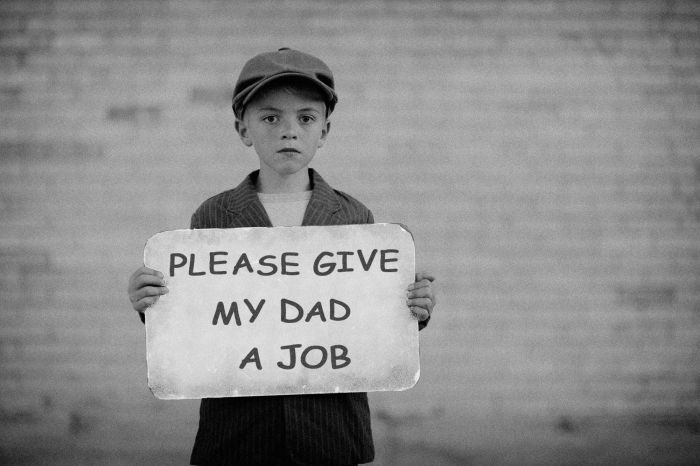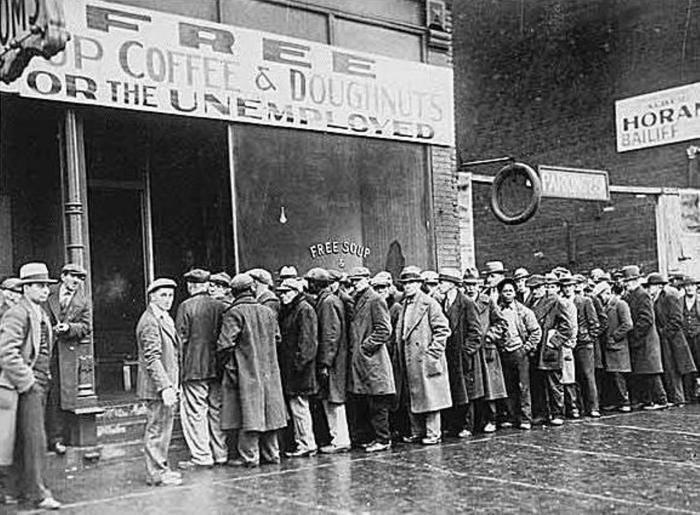Why couldn’t farmers pay their bills in the 1930s – The Great Depression of the 1930s left an indelible mark on American society, and its impact on the agricultural sector was particularly devastating. Farmers, who had long been struggling with economic challenges, found themselves unable to pay their bills and faced widespread financial ruin.
This article delves into the complex factors that contributed to this crisis, examining the interplay of natural disasters, economic depression, government policies, financial burdens, and the profound social and psychological impact on farming communities.
The Dust Bowl, a prolonged drought that ravaged the Great Plains, dealt a severe blow to farmers. Crops withered, livestock perished, and the loss of topsoil rendered vast tracts of land unusable. Compounding these natural disasters were severe weather events such as floods and droughts, which further decimated agricultural production.
Pests and diseases added to the farmers’ woes, exacerbating crop losses and reducing yields.
Impact of Natural Disasters
The Dust Bowl, a severe drought that ravaged the Great Plains from 1930 to 1939, had a devastating impact on agriculture. The prolonged dry spell and high winds eroded topsoil, destroying crops and killing livestock. Farmers struggled to cultivate their land, leading to widespread crop failures and animal deaths.
Severe Weather Events
Other severe weather events, such as droughts, floods, and hailstorms, also contributed to agricultural losses during the 1930s. Droughts withered crops, while floods washed away fertile soil and damaged infrastructure. Hailstorms destroyed crops and left farmers with little to sell.
Pests and Diseases
Pests and diseases further exacerbated agricultural losses. Grasshoppers, locusts, and other insects devoured crops, while diseases such as wheat stem rust and corn smut devastated harvests. These infestations and infections reduced yields and made it difficult for farmers to earn a living.
Economic Depression: Why Couldn’t Farmers Pay Their Bills In The 1930s

The Great Depression, a global economic crisis that began in 1929, had a profound impact on the agricultural sector. The collapse of commodity prices led to a sharp decline in farm income. Farmers found it difficult to sell their products at a profit, leading to widespread poverty and foreclosures.
Loss of Export Markets
The loss of export markets due to the Depression further exacerbated the economic crisis for farmers. Countries that had previously imported American agricultural products reduced their purchases, leading to a surplus of crops and a decline in prices. Tariffs and trade barriers imposed by foreign governments also hindered exports and contributed to the economic hardship faced by farmers.
Government Policies
The Agricultural Adjustment Act (AAA), passed in 1933, was an attempt by the federal government to address the agricultural crisis. The AAA paid farmers to reduce their production, with the aim of raising prices. However, the program had unintended consequences, such as soil erosion and surpluses.
Monetary and Fiscal Policies
Monetary and fiscal policies implemented by the government also exacerbated the economic crisis. High interest rates made it difficult for farmers to borrow money, while deflationary policies reduced the value of farm assets and made it harder for farmers to pay off their debts.
Financial Burden

Farmers had accumulated high levels of debt during the 1920s, when agricultural prices were high. When prices collapsed during the Depression, many farmers were unable to repay their loans. Foreclosures and bankruptcies became widespread, leaving farmers homeless and without a livelihood.
Usurious Interest Rates and Predatory Lending Practices
Usurious interest rates and predatory lending practices by banks and other lenders further contributed to the financial burden faced by farmers. Lenders often charged excessive interest rates and used deceptive tactics to trap farmers in cycles of debt.
Social and Psychological Impact

The Great Depression had a devastating social and psychological impact on farmers and their families. Rural poverty became widespread, and communities were torn apart as farmers lost their homes and livelihoods.
Rise of Rural Poverty, Why couldn’t farmers pay their bills in the 1930s
The collapse of agricultural prices and the loss of jobs led to widespread poverty in rural areas. Farmers and their families struggled to meet basic needs, such as food, shelter, and clothing. The lack of economic opportunities in rural areas forced many people to migrate to cities in search of work.
Loss of Community
The Depression also led to the loss of community in rural areas. As farmers lost their homes and livelihoods, they were forced to leave their communities and seek help elsewhere. This breakdown of social ties and support systems had a devastating impact on the mental health of farmers and their families.
Mental Health Challenges
The Great Depression took a heavy toll on the mental health of farmers. The stress of financial hardship, social isolation, and the loss of their way of life led to increased rates of depression, anxiety, and suicide. Many farmers felt hopeless and helpless, and some resorted to drastic measures to escape their despair.
FAQ Guide
What caused the Dust Bowl?
A combination of severe drought and poor farming practices, including excessive plowing and overgrazing, led to the Dust Bowl.
How did the Great Depression affect farmers?
The Great Depression caused a sharp decline in farm income due to the collapse of commodity prices and the loss of export markets. Government policies aimed at stabilizing prices had unintended consequences, such as soil erosion and surpluses.
What were the social and psychological impacts of the Great Depression on farmers?
The Great Depression led to widespread rural poverty, shattered communities, and severe mental health challenges among farmers.